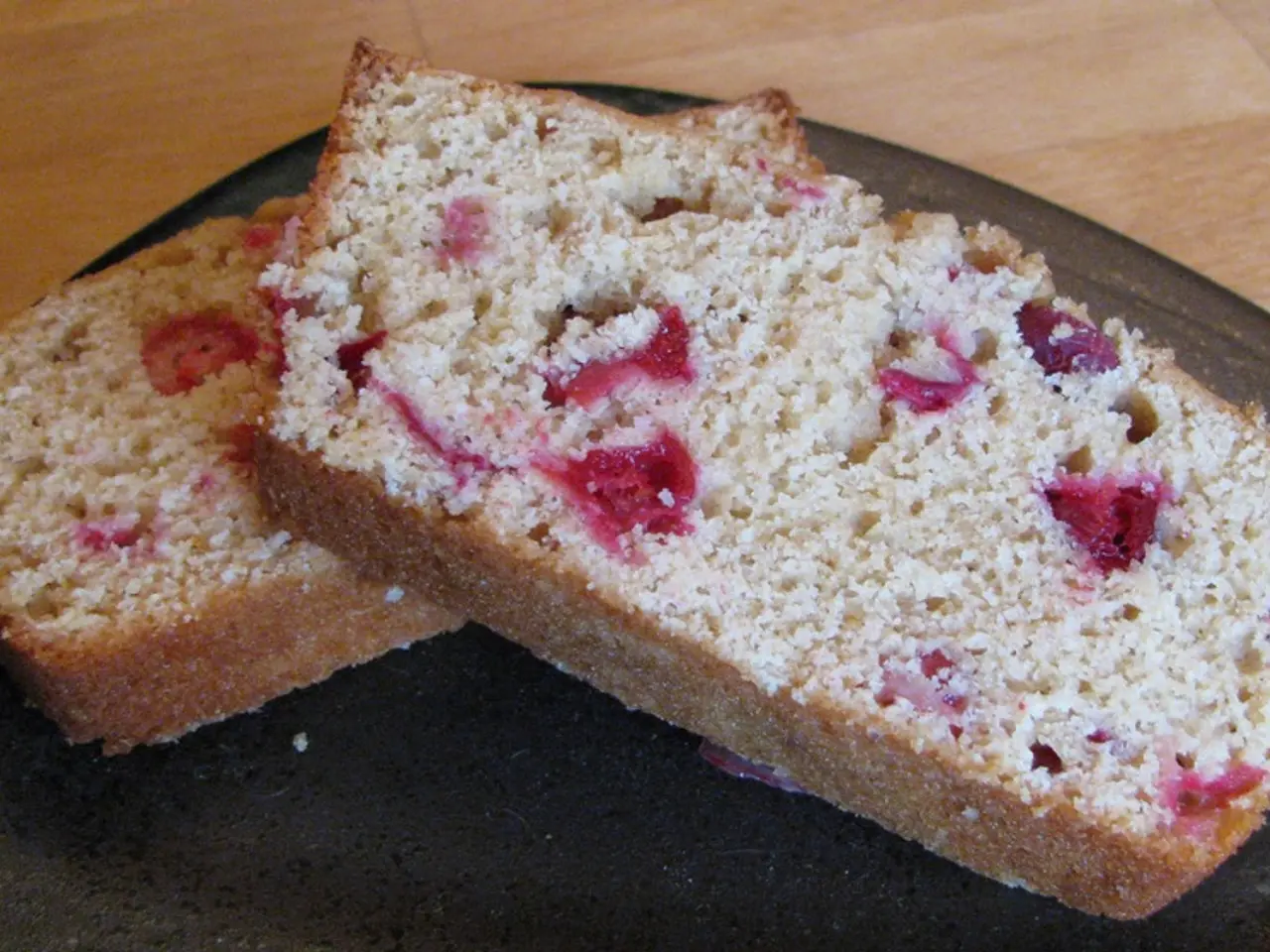Web Design Essential: Understanding Breadcrumbs and Their Importance for Your Site's Navigation Structure
===================================================================================================
Breadcrumb navigation, a familiar feature in many websites, offers significant advantages for both users and search engines. This secondary navigation tool, often found as a horizontal list near the top of the page, provides a clear and concise pathway through a website's hierarchy.
Improved User Navigation and Experience
Breadcrumbs clearly show users their current location within the website hierarchy, making navigation more intuitive, especially on large or complex sites. By providing an easy way to go back to previous pages or higher-level categories without using the back button, breadcrumbs reduce confusion and increase clarity[1][3][4][5].
Enhanced SEO (Search Engine Optimization)
Breadcrumbs help search engines understand the structure and hierarchy of your website content. Properly marked-up breadcrumbs can appear in search results as part of rich snippets, increasing the visibility and attractiveness of your listings. This improved site structure can aid in better indexing and ranking of pages[1][3][4][5].
Lower Bounce Rates and Increased Engagement
By making it easy for visitors to explore related content or higher categories, breadcrumbs encourage them to stay longer on the site, visit more pages, and engage more deeply with the content. This can lead to higher conversion rates on ecommerce or service sites[1][4][5].
Space-Efficient and Aesthetically Pleasing
Breadcrumb navigation is typically horizontal and uses small fonts, occupying minimal space on the page. This keeps the focus on main content while still providing a useful navigation aid without cluttering the design[4].
Best Practices for Breadcrumb Implementation
- Use clear and concise labels that mimic the site's content hierarchy.
- Bold the last word segment of the breadcrumb to clarify the user's positioning.
- Use contrasting colors to enhance visibility of breadcrumbs.
- Skip breadcrumbs on the homepage.
- Integrate breadcrumbs into a website requires design work, development, and SEO planning, including the integration of the home page in the breadcrumb trail.
- Use the well-known 'greater than' symbol ( > ) to separate links in breadcrumbs.
- Integrate breadcrumbs into templates at the top of the page, under the main page navigation, for easy access.
- Use arrows or slashes as separators for visual clarity.
- Keep breadcrumbs simple, consistent, and clickable (except the current page).
Examples of Effective Breadcrumb Navigation
Examples of effective breadcrumb navigation can be found on the websites of Serena & Lily, Penn Foster, and Brooklinen, among others. Incorporating breadcrumb navigation can further enhance user experience by providing clear pathways through complex site architectures.
In conclusion, breadcrumbs improve usability, SEO performance, and user retention on websites by providing a clear, concise navigation path that benefits both users and search engines[1][3][4][5].
References:
[1] https://www.nngroup.com/articles/breadcrumbs/ [2] https://www.smashingmagazine.com/2011/06/the-power-of-breadcrumbs/ [3] https://www.searchenginejournal.com/breadcrumbs-seo-benefits/212998/ [4] https://www.usabilitygeek.com/breadcrumbs-navigation/ [5] https://www.w3.org/TR/WCAG20/#breadcrumb
- The integration of technology, specifically breadcrumb navigation, into a website's design, can help increase the visibility and attractiveness of listings in search results through improved SEO (Search Engine Optimization).
- By making navigation more intuitive, especially on large or complex sites, and encouraging visitors to explore related content, breadcrumb navigation can lead to higher engagement and lower bounce rates.




